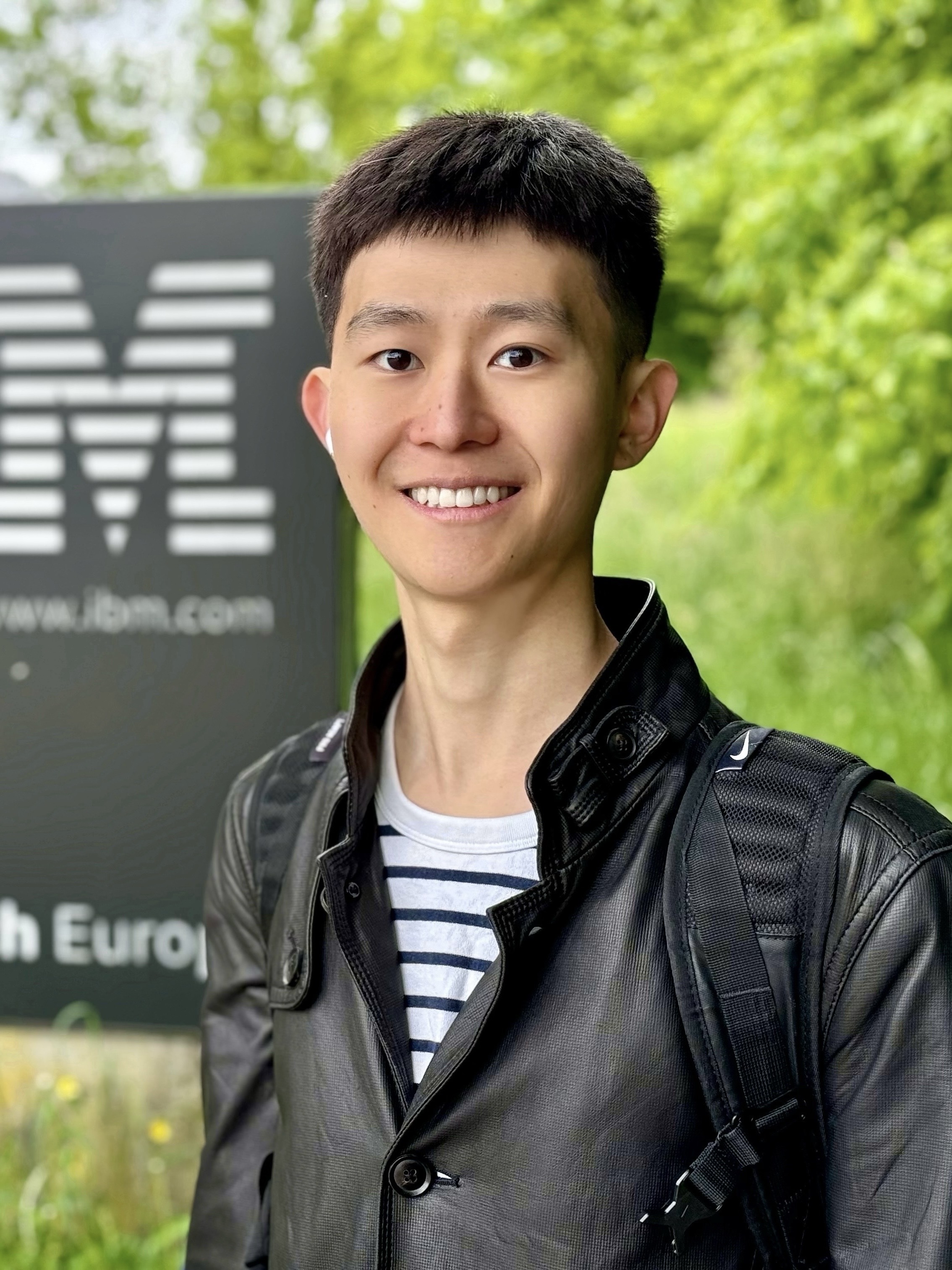Queuing Theory: Understanding Waiting Lines
Updated:
Many people in academia prefer the term “queueing theory” over “queuing theory.” Here, I use the latter for simplicity.
Ever wondered why you end up waiting in lines, whether at the grocery store, for a bus, or even when loading a webpage? That’s where queuing theory comes into play. This concept, rooted in applied mathematics, explores queues and helps us understand and optimize systems where waiting is inevitable. It’s super useful in many areas, especially when it comes to computer systems. Let’s dive in and break it all down—casually and clearly.
What Is Queuing Theory, and Why Should You Care?
At its core, queuing theory is about studying how people or tasks (aka “customers”) interact with a system when there’s limited capacity. Picture this: people arrive randomly, wait their turn, get served, and then leave. That’s a queue! In real life, queues pop up everywhere, from checkout lines to servers handling website traffic.
In computer systems, queuing theory is a big deal. It helps us:
- Analyze system performance: How much waiting is happening? How long are tasks stuck in the queue?
- Predict behavior: What happens under heavy traffic or load?
- Optimize parameters: How can we make the system faster and more efficient?
The Basics: How Queues Work
A queuing system has three main parts:
- The customers: They need some service—whether that’s you at the DMV or data packets arriving at a router.
- The service facility (or server): The thing providing the service, like a cashier or a CPU.
- The queue (or waiting line): Where customers hang out if the server is busy.
Once a customer is served, they’re out of the system. To measure how the system’s performing, we usually look at metrics like:
- Average waiting time
- Average queue length
- Server utilization
- System throughput
Kendall’s Notation: A Handy Shorthand
Queuing systems come in many flavors, and Kendall’s notation gives us a neat way to describe them. It uses letters to explain how the queue works. Here’s a quick breakdown:
| Symbol | What It Stands For |
|---|---|
| $A$ | Arrival process (e.g., random or regular) |
| $M$ | Markovian (random/exponential service time) |
| $D$ | Deterministic (fixed service time) |
| $G$ | General (any type of service time distribution) |
| $C$ | Number of servers |
| $F$ | Queue discipline (like FIFO: first in, first out) |
For example, M/M/1 means:
- Markovian (random) arrival process
- Markovian (random) service time
- 1 server
Essential Formulas to Know
1. Little’s Law
This is a super simple yet powerful formula: \(L = \lambda W\)
- $L$: Average number of customers in the system
- $λ$: Arrival rate (how many show up per time unit)
- $W$: Average time a customer spends in the system
It connects the number of people in the system, how fast they arrive, and how long they hang around.
2. Erlang’s Formula
Want to calculate the chance someone has to wait in line? Erlang’s formula helps: \(P_n = \frac{\frac{(\lambda/\mu)^n}{n!}}{\sum_{i=0}^{C-1} \frac{(\lambda/\mu)^i}{i!} + \frac{(\lambda/\mu)^C}{C!(1-\rho)}}\)
While it looks intimidating, all it’s doing is balancing arrival rates ($λ$), service rates ($μ$), and the number of servers ($C$) to predict waiting probabilities.
3. Other Key Metrics
-
Average queue length:
\(L_q = \frac{\rho^2}{1-\rho} \cdot \frac{1}{1-C\rho^{-C}(1-\rho)^{-1}}\) -
Average waiting time:
\(W_q = \frac{L_q}{\lambda}\) -
Utilization (how busy the server is):
\(\rho = \frac{\lambda}{C\mu}\) -
Throughput (how much work gets done):
\(X = \lambda(1-P_n)\)
Where Queuing Theory Shines
This isn’t just math for the sake of math—it’s practical and everywhere! Some cool applications:
- Telecom: Optimizing call centers and internet traffic.
- Healthcare: Reducing ER wait times and scheduling staff better.
- Manufacturing: Streamlining production lines to avoid bottlenecks.
- Traffic systems: Minimizing jams and designing smarter intersections.
- Theme parks: Shorter waits for rides? Yes, please!
- Streaming services: Reducing buffering by tweaking server capacity.
Limitations of Queuing Theory
Queuing theory isn’t perfect—it often relies on assumptions that don’t always hold up in real life. For example:
- Customers may not arrive randomly (think rush hour or sales seasons).
- Service times might vary wildly.
- Queues can get messy if priorities change (e.g., triage in hospitals).
What’s Next for Queuing Theory?
With technology advancing, queuing theory is being applied to:
- Cloud computing: Optimizing servers to handle unpredictable workloads.
- Supply chains: Managing fluctuating demand for goods.
- Social distancing: Studying how to keep people safe without slowing things down.
- Customer behavior: Understanding impatience and designing better systems.
Wrapping It All Up
Queuing theory is a versatile tool that helps us analyze, predict, and improve systems where waiting is a fact of life. Whether it’s making traffic flow smoother or speeding up your next Netflix binge, its applications are endless. Sure, it has some limitations, but the potential to optimize our increasingly complex world is huge.
References
- Harchol-Balter, M. (2013). Performance Modeling and Design of Computer Systems: Queueing Theory in Action. Cambridge University Press.
- Gross, D., & Harris, C. M. (1998). Fundamentals of Queuing Theory. John Wiley & Sons, Inc.
- Hillier, F. S., & Lieberman, G. J. (2014). Introduction to Operations Research, 10th Edition. McGraw-Hill Education.
- Kleinrock, L. (1975). Queueing Systems, Volume 1: Theory. John Wiley & Sons, Inc.
- Takács, L. (1962). Introduction to the Theory of Queues. Oxford University Press.


Leave a comment